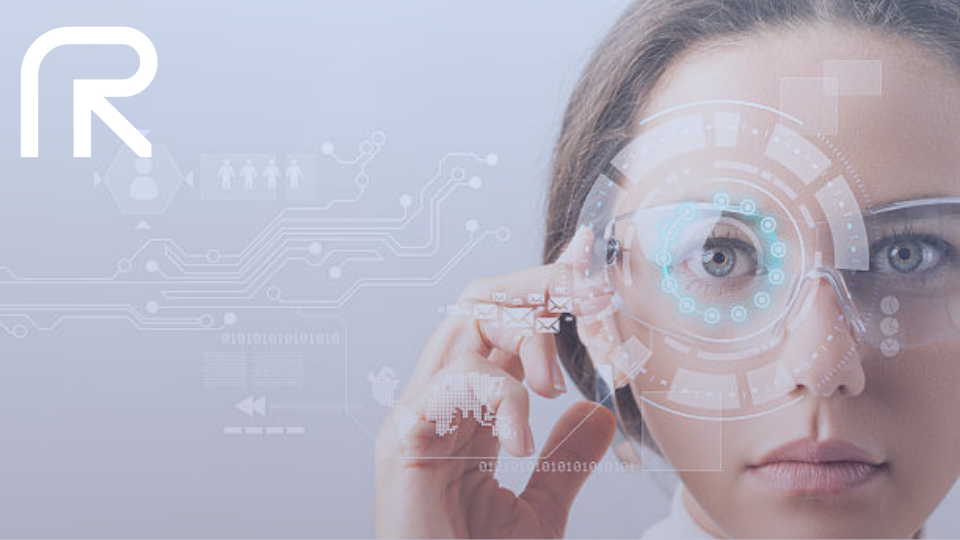The Viral AI-Generated Portraits: Legal Minefield or Future Paver?
AI News Dec 8, 2022 12:00:00 AM Mayar S.Mosaad 3 min read

Disclaimer: Before reading, we would like to warn you that one paragraph of this article is written by an AI content generator. Good luck figuring out which is a human effort and which is a child of AI!
So yes, AI is getting into every field. You wouldn’t believe us, but AI is actually now ripping the next apple harvest in some countries and we are going to tell you more about this soon on another occasion. But today, we are tackling the AI art that has been taking your social media feeds by storm lately.
We talked to our LyRise AI team and here’s some of what we have learnt and what you should know before using Lensa AI or other AI-generated art.
We have explored the legality of this latest trend, but first let’s dig a little into the technicality!
How the App Works
During the past few days, users have been flocking to Lensa AI, an iPhone app that puts your photos through its AI interface to generate a range of portraits of different styles.
So, how did the photos of your lousy co-worker become an air-brushed photo of him as a renaissance painting?
It only takes a few bucks ($3.99 actually for the week trial), uploading a bunch of photos to the app, and half an hour wait time, et voila! Your face is now the centerpiece of 50 to 200 images of various themes, including: fairy tales, anime, renaissance, and cosmic.
The Technicality: Simplified
Thanks to Generative Adversarial Networks (GANs) and Diffusion Models, the AI-generated art is taken to new levels. So how do they work?
Think of GANs as a waltz dance, or a two-player game.
One player, the generator, creates images from scratch and the other player tries to distinguish real images from fake ones.
The process involves three steps:
- Generate an image with a neural network
- Add noise to the generated image
- Output the portrait
So, that’s where the diffusion models come in before the final product comes out to you. It takes what the GANs have created and the face it extracted from the uploaded images by the user, and then ‘diffuses’ your face features into the GANs portrait.
But here’s one thing you should know before reading this next part. The AI interface runs through millions and maybe billions of images all over the internet to come up with that portrait that is not so entirely new.
Legality & Ownership
The legality and ethicality of AI generated art is a topic that has been debated for a long time, and will probably continue for a while. The question is whether the human authorship of an artwork is necessary to determine its copyright status.
Copyright law protects a person's right to decide who can reproduce, distribute, perform or display their work publicly. So, if the output of the Lensa AI is a blend of your face and a painting by an artist from Colorado that the AI interface picked, who actually owns this new hybrid photo: Is it you? Lensa AI? The Colorado Artist?
Does that mean we have stolen from the Colorado artist?
Well, that’s unclear for now, but what we know for sure is that if the user (aka you) used the end product for commercial purposes, the legal risk falls on the end user - still you, not Lensa AI.
While other AI-generators like Open -AI and Midjourney claim that their images can be used commercially, their terms and conditions still state that they don't offer you any kind of insurance of financial help if you get into legal trouble.
Long story short: Use at your own risk!
What’s Next?
Yes, it scares us how rapidly the AI is reshaping both the digital and the physical world, however, we would like to see it as an enabler for the future, a vehicle to where humans have AI to support them to have the time and resources for what really matters to us humans.
A few weeks ago, we witnessed the text-to-image models prevailing with DALL-E 2, and not a long time passed before Lensa AI emerged. Evolution is an evitable rapid train at this point, so we either stand in front of it and become history, or evolve and find ways to catch it - without disregarding basic laws and human rights.
If you are asking us what’s next, we say: buckle up, because we are going to the future!